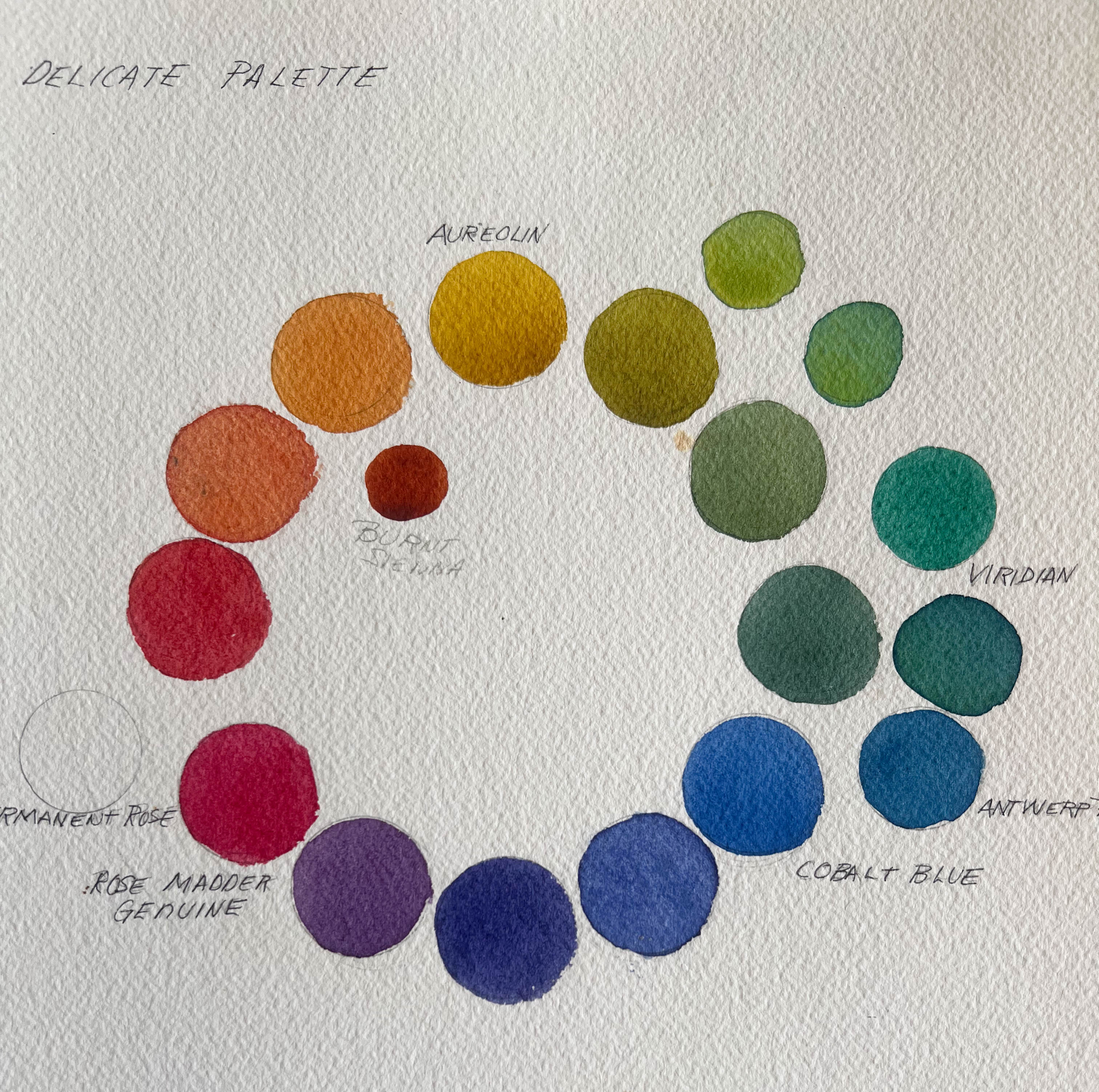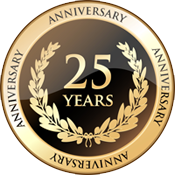
…more artistic musings
This POST explores the subject of COLOR and how it’s been applied to a surface, used for ancient decoration, individual artistic choices, or incorporated for personal use.
SINCE starting my artistic journey, creating a simple pencil sketch or fine art, historical recreations or restorations, I have always been fascinated with the science of COLOR and how it has been used throughout history.
Ancient Artisans, Renaissance Craftsman, Impressionists, early Picasso and the contemporary trail blazers of the modern age all had their particular color palette of choice.
Lapis-Lazuli, the semi-precious stone from Afghanistan, was more precious than gold. Dating back seven thousand years it was only used in the royal tombs of Ur and Egyptian Pharaohs. Obtaining it was extremely dangerous, just as it is today. The pigment made from Lapis-Lazuli is called ULTRAMARINE.
A tradesman’s palette in Pompeii included excessive amounts of Cinnabar and Vermilion.
Yellow Ocher was used exclusively by Alexander the Great’s favorite painter, APELLES.
Color preferences were also extended to the personal wardrobe.
In 1503 Leonardo DaVinci favored wearing dusty rose and dark purple clothing. Among
daVinci’s clothing inventory dated 1503-1505 is:
“One gown of dusty rose..One dark purple cape..One purple satin overcoat..dark purple, dusty-rose and black tights…two pink caps”.
Reference
THE BRILLIANT HISTORY of Color in Art – Victoria Finlay
COLOR A Natural History of the Palette – Victoria Finlay
